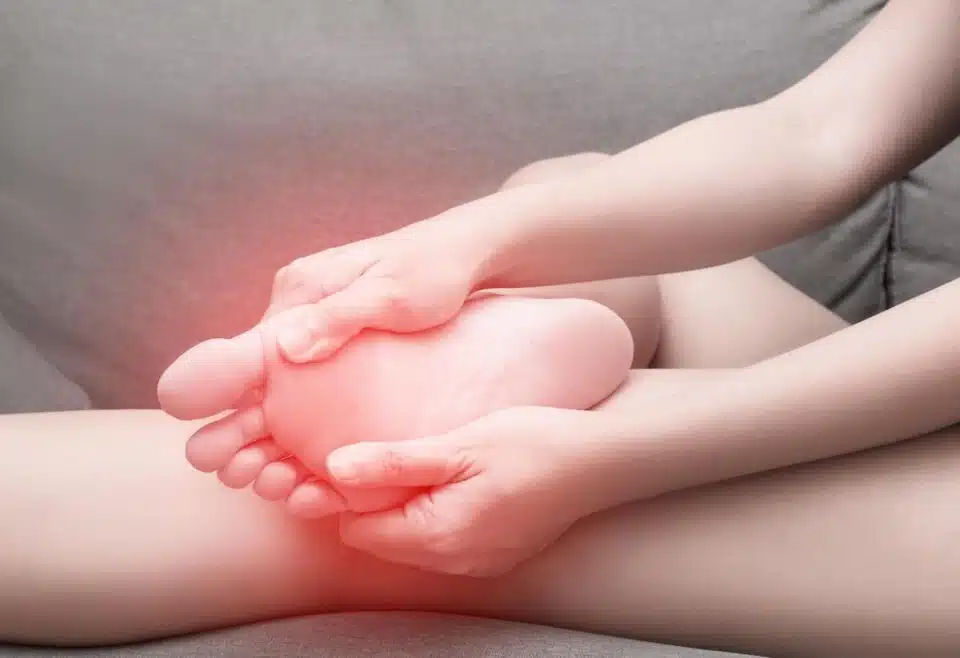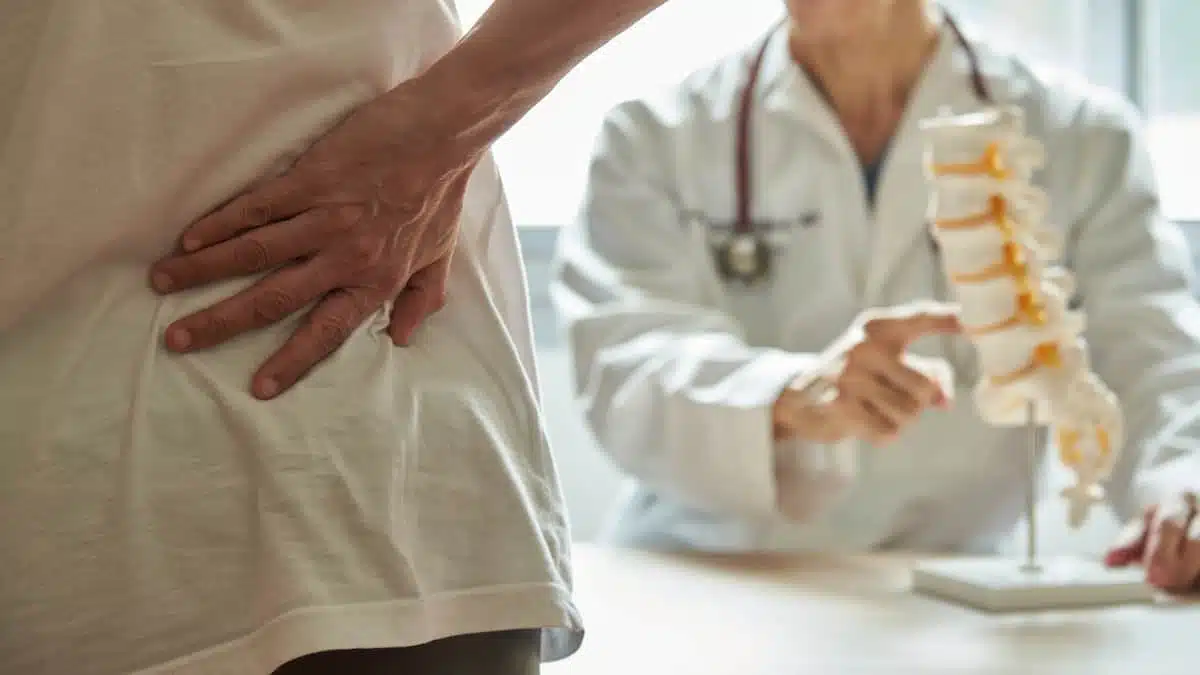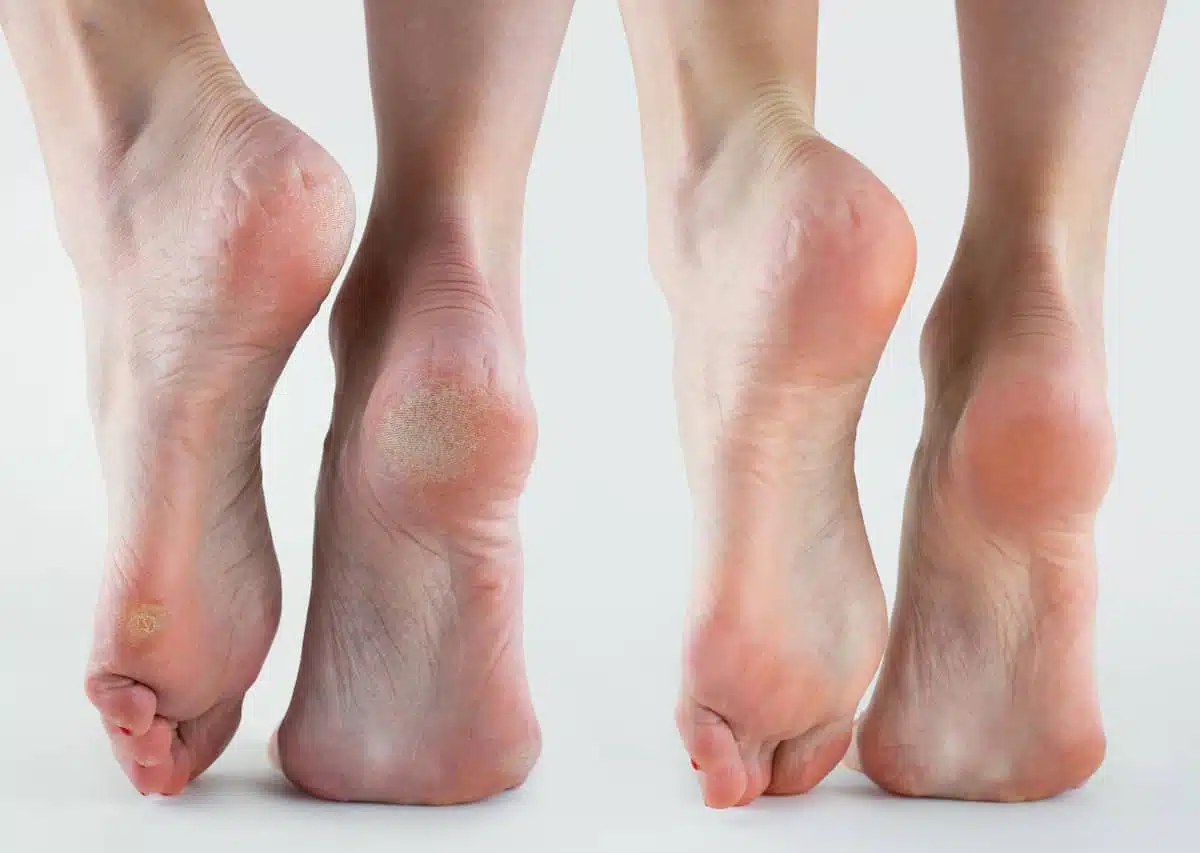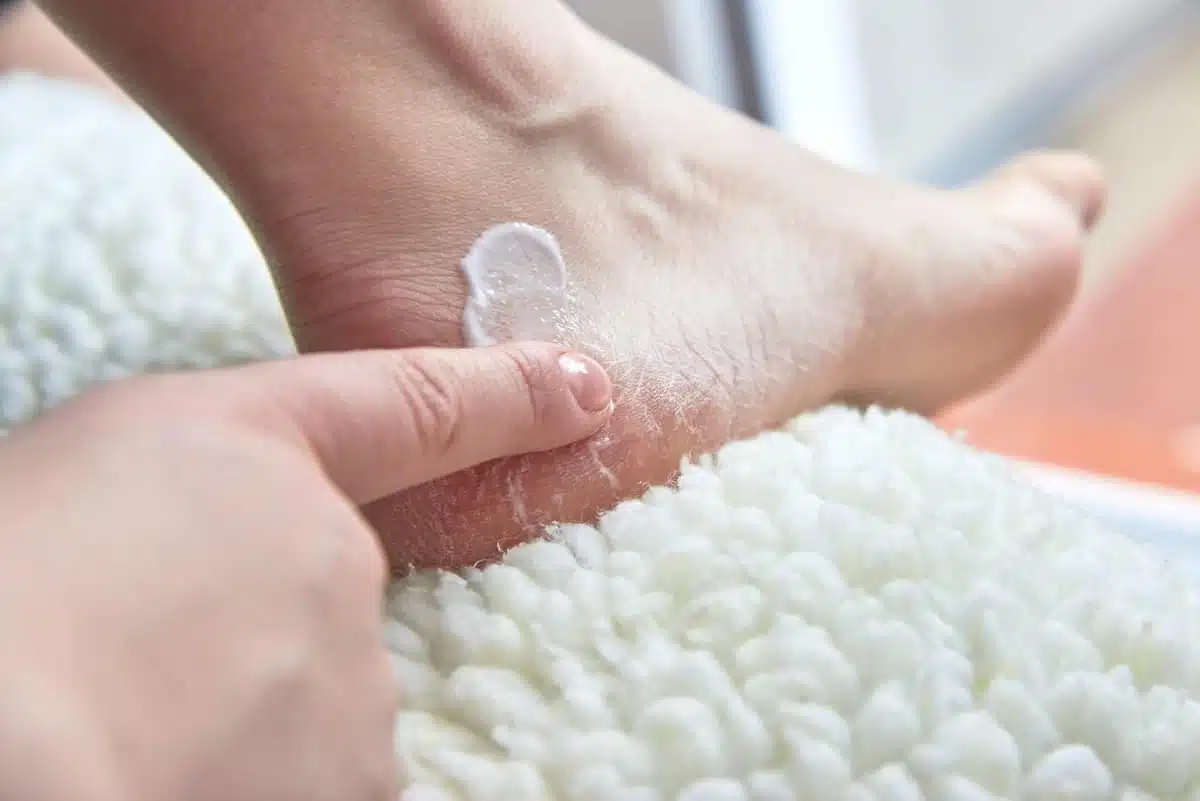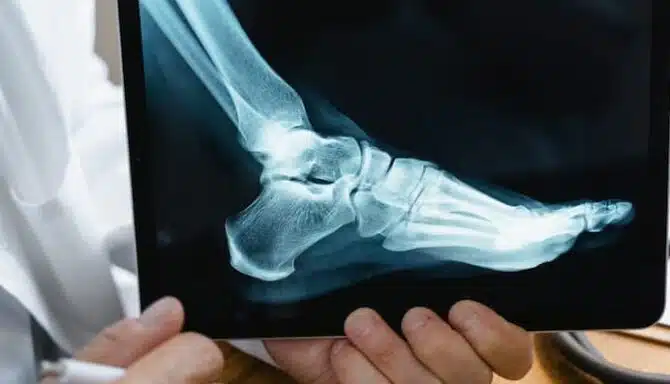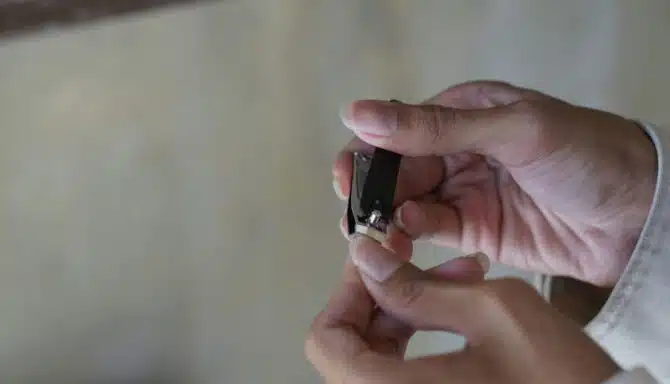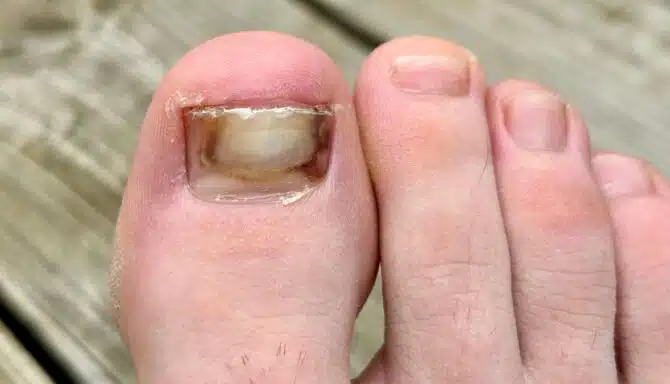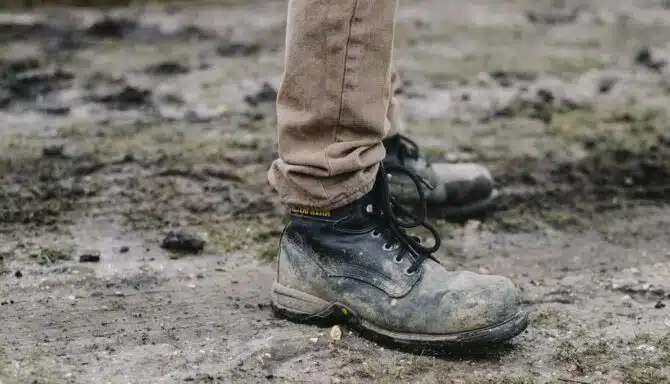Poor foot health can significantly impact a person’s everyday life. It can not only be painful and uncomfortable, but it could also be costly, lead to skin and fungal infections or foot conditions, and be generally unpleasant.
Poor foot health can mean several things, including:
- A lack of foot hygiene.
- Ignoring aches and pains.
- Wearing unsuitable shoes (whether it’s the type or sizing).
- Skipping regular checkups.
Any individual or combination of habits can contribute to poor foot health. The absence of proper foot health may lead to minor conditions that could manifest into more severe foot conditions.
In this article, get the inside scoop on how poor foot health can contribute to the following issues:
- Pain and Discomfort
- Foot and Skin Infections
- Limitations in Footwear Choices
- Added Costs
- Reduced Mobility
- Affects on Physical appearance/aesthetics
We’ll also give you our top tips for how to prevent these issues and keep your feet in tip-top shape.
1. Pain and discomfort
First and foremost, poor foot health can be painful and cause discomfort. Pain is a symptom of poor foot health that cannot be ignored. Walking, running, or physical activity can become arduous and uncomfortable. The source of the pain may be any number of skin or musculoskeletal foot conditions.
Poor foot health can lead to painful skin conditions, including blisters, calluses, ingrown toenails, and cracked heels. Skin conditions are generally quicker to develop and may be more manageable. Additionally, poor foot health can lead to short- and long-term musculoskeletal foot conditions, including bunions, hallux rigidus, osteoarthritis, plantar fasciitis, Achilles tendonitis, gout, and more. Both skin and musculoskeletal foot conditions can be painful and uncomfortable.
Pain and discomfort from poor foot health not only affects the feet. After all, the feet are our body’s foundation. If you have poor foot mechanics, you may begin to compensate in other parts of your body. For instance, poor foot mechanics can misalign your pelvis, causing lower back pain.
2. Foot and skin infections
Poor hygiene and neglect to clean and care for your feet can lead to infections such as athlete’s foot, which can be painful and spread to other body parts. Athlete’s foot is a fungal infection that targets the skin on the feet, especially between the toes. Fungi called dermatophytes, which thrive in warm and moist environments, such as inside shoes or public showers, cause the condition.
Proper foot health to help prevent foot infections includes keeping the feet dry, avoiding being barefoot in public places, and not sharing linens or shoes with others.
3. Limitations in footwear choices
Poor foot health can cause deformities and inconsistencies in your feet. Irregular foot shapes can make it more challenging to wear standard footwear for work, at home, or for exercise.
Foot conditions like corns, calluses, and bunions can cause outgrowths. Outgrowths, whether bony or skin, may change the shape and size of your feet. This limits the types of shoes a person can wear, reducing their options for comfortable and stylish footwear.
4. Added costs
You may find that you’re spending more money due to doing less. That’s right. Inaction in the form of poor foot health or hygiene can be costly in the long run. You may need new footwear, require physiotherapy, or find you spend more on medication. The best treatment is prevention.
In more severe cases, you may require surgery, forcing you to take time off work and being unable to drive during your recovery period. For bunion surgery, for instance, it’s recommended not to drive for 6-8 weeks if you have surgery on your right foot.
5. Reduced mobility
Poor foot health can impact a person’s mobility in a restrictive way. The onset of various foot conditions can make standing, walking, running, or engaging in physical activity more difficult. Reduced mobility can also lead to a cycle of inactivity. A lack of physical activity can further exacerbate foot conditions like gout as joints and muscles seize up over time.
6. Affects on Physical Appearance/Aesthetics
Poor foot health can be a sight for sore eyes. Many foot conditions and injuries are visible, which can make you may feel less comfortable barefoot, especially in public. For instance, fungal infections and thick and discoloured toenails may be visually unappealing. You may notice decreased confidence or greater self-consciousness if you experience poor foot health.
How to prevent poor foot health: 10 tips
Now that you know that poor foot care can impact your quality of life, what can you do? Fortunately, preventing poor foot health, or building healthy feet, is simple if you put some work into it. Investing in your feet is the most effective way to prevent poor foot health. Prevention means following positive foot care habits like regular toenail trimming and moisturizing. It can also mean scheduling regular foot assessments or buying the proper footwear.
Here are our top 10 tips to prevent poor foot health:
- Wear comfortable and suitable shoes. First and foremost, wear shoes that fit well and are comfortable. Avoid high heels or shoes with pointed toes for extended periods.
- Practice good hygiene habits. Keep your feet clean and dry. Wash them regularly with soap and water, and dry them thoroughly after bathing or showering.
- Moisturize your feet. Use a good quality foot cream to moisturize your feet and prevent cracking.
- Care for your toenails. Keep your toenails trimmed and filed to prevent ingrown toenails.
- Stretch your feet. Stretch your feet and toes regularly to improve flexibility and prevent foot problems.
- Exercise regularly. Regular exercise can help improve circulation and keep your feet healthy.
- Maintain a healthy weight. Extra weight can add strain to your feet, so it helps to maintain a healthy weight.
- Avoid smoking. Smoking can reduce circulation to your feet, making it harder for them to heal if injured.
- Wear appropriate socks. Wear socks that fit well and wick away moisture to prevent fungal infections and blisters.
- Schedule regular checkups. See a chiropodist regularly to check your feet for any problems and get professional advice on foot care.
